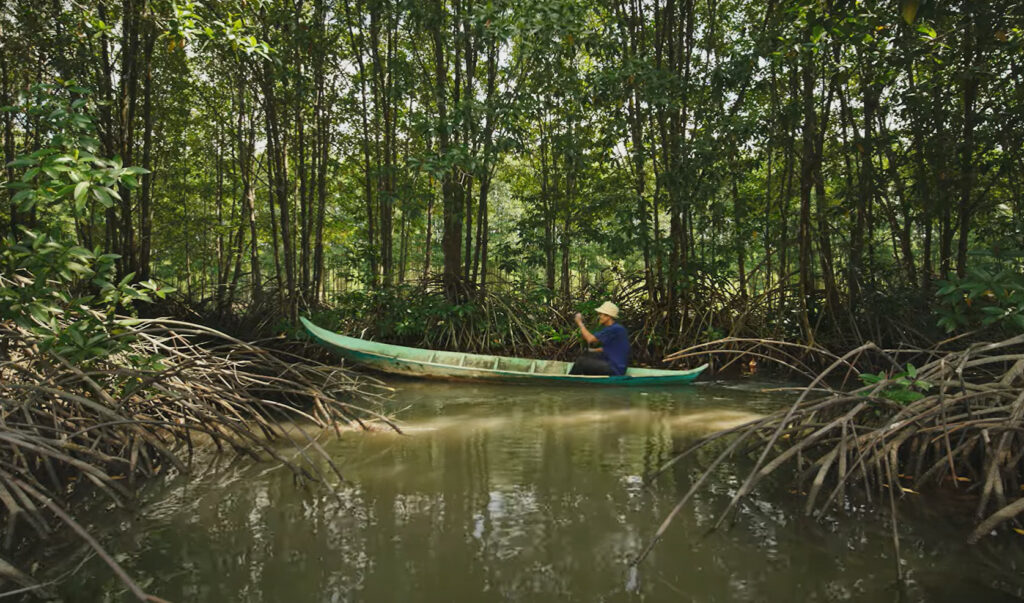Net Pen-Raised Tilapia From Colombia Moves Up Seafood Watch List
Colombian net pen-raised tilapia has jumped from the red “avoid” list to the yellow “good alternative” list in the Monterey Bay Aquarium Seafood Watch program’s popular seafood-buying guide.
The May 1 announcement comes as welcomed news to the Global Aquaculture Alliance, as Colombia’s tilapia industry has embraced the Best Aquaculture Practices (BAP) third-party certification program. Currently, 13 tilapia farms, five tilapia processing plants and four tilapia hatcheries in Colombia are BAP-certified.
Additionally, the announcement comes about two months after GAA and Federación Colombiana De Acuicultores (FEDEACUA) announced the first pilot of the draft BAP Biosecurity Area Management Standards, with Reservoir Betania tilapia farmers. Reservoir Betania is located in Huila province in southwest Colombia.
Pictured here is Chris Trosin, BAP VP of market development, and Sara Patricia Bonilla, FEDEACUA executive director, who was recognized by GAA for Colombia’s commitment to responsible aquaculture at Seafood Expo North America in March.

Seafood Watch’s reclassification of Colombian net pen-raised tilapia is specific to Nile tilapia and red tilapia (Oreochromis niloticus and hybrid Oreochromis spp.) raised in floating net pens in the freshwater Betania Reservoir, where approximately 30,000 metric tons of tilapia is farmed annually, representing more than half of Colombia’s total tilapia production, according to Seafood Watch. Colombian net pen-raised tilapia was one of five sets of farmed and wild seafood items that were reclassified as part of the program’s latest recommendations.
The reasoning behind the reclassification is laid out in a 58-page report recently published to the Seafood Watch website.
Seafood Watch’s color-coded seafood-buying guide groups seafood items as either a “best choice” (green), “good alternative” (yellow) or “avoid” (red). For tilapia, four tilapia items are classified as “best choice” while six tilapia items are classified as “good alternative.”
Since 1999, more than 56 million guides have been distributed to consumers, and the smartphone app has been downloaded more than 1.5 million times.




